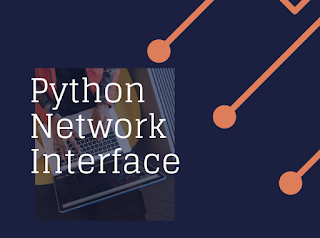Python -Keyword, Identifiers and Variables

In this article we will talk about the Keywords, identifiers and Variables. Keywords Python IDEs can be used to highlight keywords to differentiate them from other words in your code. This IDEs will help you to quickly identify Python keywords so you don’t use them incorrectly in programming. In Python code, True keyword is used as the Boolean true value. Python keywords are special reserved words that have specific meanings and purposes and ca not be used for anything but those specific purposes. These keywords are always available — you ’ll no way have to import them into your law. Python keywords are the abecedarian structure blocks of any Python program. The Python keyword False is analogous to the True keyword, but with the contrary Boolean value of false. Identifiers An identifier is a name that identifies (that is, labels the identity of) either a unique object or a unique class of objects, where the" object “or class may ...











